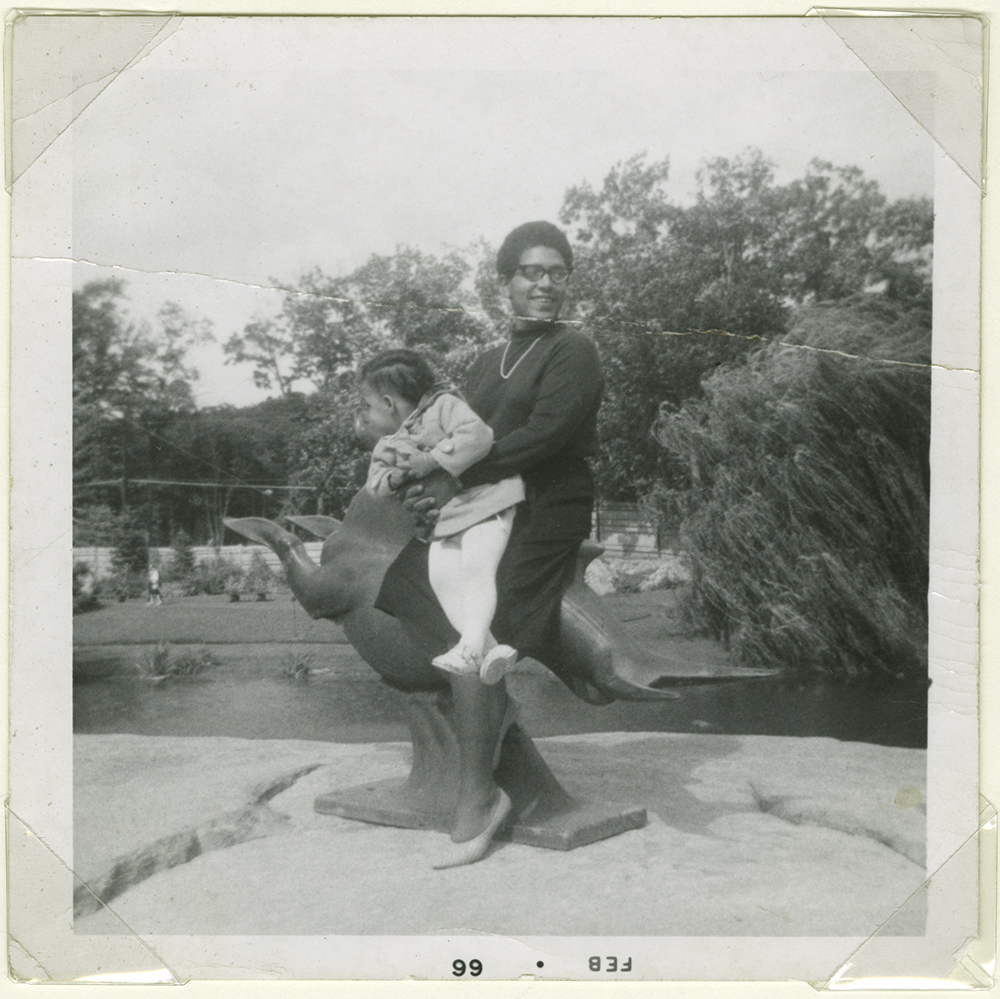Special Collections
Our Special Collections are a wonderful resource for researchers from all over the world.

Since 1979, the Lesbian Herstory Archives has collected the papers and records of individual Lesbians as well as organizations. More than four hundred collections comprise the Archives’ Special Collections. You can preview what is in the collections online through 2013 using our special collections index, which is listed alphabetically as well as chronologically and is searchable.
Special Collections are the kinds of collections most people think of when they think of an archive. They contain personal papers of individuals or organizational papers. The Archives’ Special Collections do not only reflect the lives of “famous” Lesbians. We seek to preserve and document the lives of all Lesbians, and our Special Collections reflect this principle. You are just as likely to find the collection of a secretary, teacher, or truck driver as you are a well-known poet, writer, or activist. And, we urge all of our community members to begin their collection today.
While the contents of the collections vary widely, many contain personal journals or diaries plus other material the Lesbian felt reflected her life. For instance, one lawyer’s collection contained many legal files, a large number from Lesbian cases; others contain notes from a lover, valentine cards, photo albums, and so on. Organizational Special Collections are usually material given to us once an organization disbands. So, for example, we have a Special Collection from the New York Committee to Free Sharon Kowalski and from the Madison, WI, Lesbian Center. Special Collections range in size from one to sixty boxes. We keep one box from every open-access collection. Additional boxes are stored off-site and are brought to the Archives when wanted for research.
Special Collections are catalogued on our database. In addition, a printed list of the collections accompanies a set of binders containing the accession sheets, which are organized by the year in which the collection was donated or, if is an ongoing collection, the year in which it began. Depending on the extent to which the collection has been processed and organized, either by us or by the donor, the accession sheets will contain descriptions of the contents that vary in their detail.